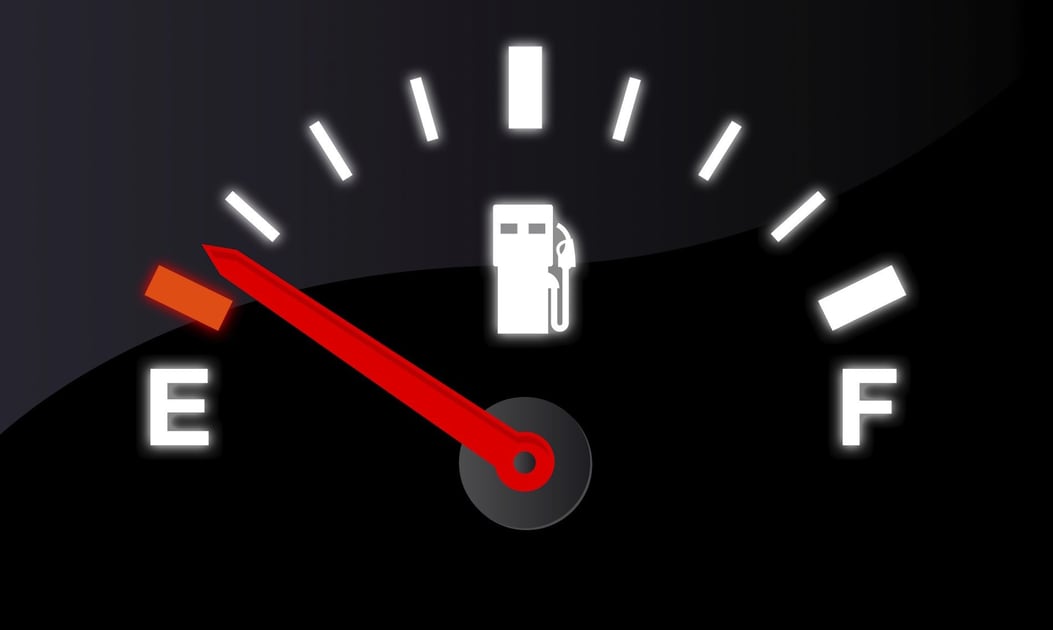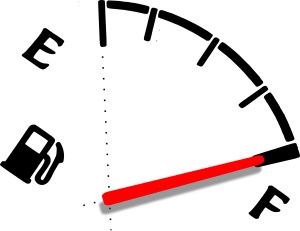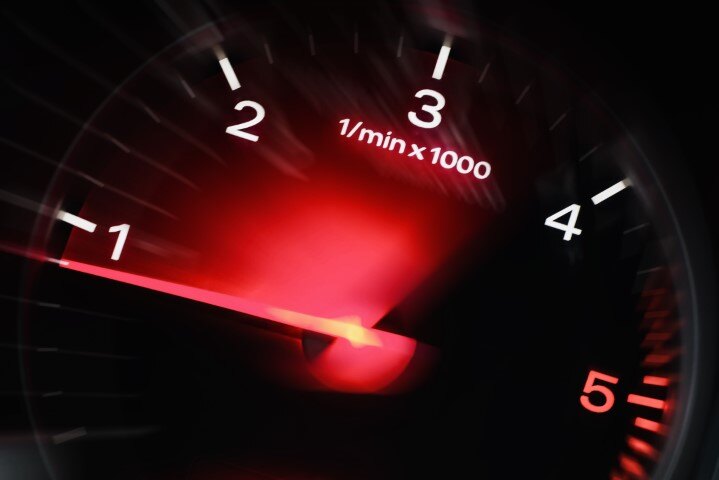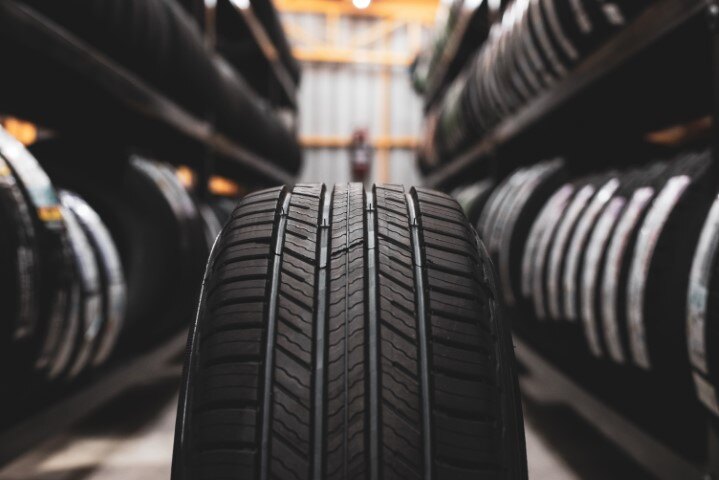Better gas mileage standards just announced
The new higher gas mileage requirements for cars and trucks that we mentioned on the Bell Blog a couple of months ago are now the law of the land....
1 min read
Erik Bjornstad : Jun 23 2015

Back in 1975, if you bought a new car, you could expect its mileage rating to be about 13 mpg. And you were happy to have it, because you didn’t care that much about gas mileage when you were only paying 57 cents a gallon for gas. If you bought it in 2007, you were a lot more concerned with gas mileage since gas prices were then at an all-time high of $3.07. Even then, you’d expect to get about 20 mpg. That’s a big MPG jump and mostly due to the federal CAFÉ standards that have forced automakers to make more fuel-efficient cars.
 This trend continues to yield positive fruits for both consumers and the environment. The University of Michigan Transportation Research Institute has been keeping track of fuel economy trends since the year 2007, and things are looking up.
This trend continues to yield positive fruits for both consumers and the environment. The University of Michigan Transportation Research Institute has been keeping track of fuel economy trends since the year 2007, and things are looking up.
This Institute just announced their findings for May – the average fuel economy for new cars and light vehicles purchased in the U.S. during May 2015 was 25.5 mpg. This is an increase from 25.2 in April. It’s also the 16th consecutive month where this figure has been above 25 mpg. And to be more specific about what we’re looking at, this average fuel economy figure we speak of is the average window-sticker mileage value of all cars, SUVs, vans and pickups purchased during the given month.
All of this is great news for consumers who are always concerned with how much they’re paying for gas. And that concern is a significant driver of the trend towards more fuel efficient vehicles. Since SUVs are part of the group studied, part of the overall improvement might be reflected in fewer consumers choosing big SUVs and, instead, opting for more economical models that cost them less at the pump.
We said this was also good news for the environment, too. The same group also tracks greenhouse gas emissions by looking at a combination of the amount of fuel used by each vehicle and the amount of driving the driver does during the month in question. Compared to driving behaviors in 2007, greenhouse gases per driver are down by 18 percent. No matter what side of the political aisle you are on, that’s good news.

The new higher gas mileage requirements for cars and trucks that we mentioned on the Bell Blog a couple of months ago are now the law of the land....

You may notice that your gas mileage has gone down a little bit in the past couple of months. Before we go blaming on ethanol (even though ethanol’s...

Your tires are the only part of the vehicle that makes contact with the road, so it stands to reason that they would have an effect on your gas...